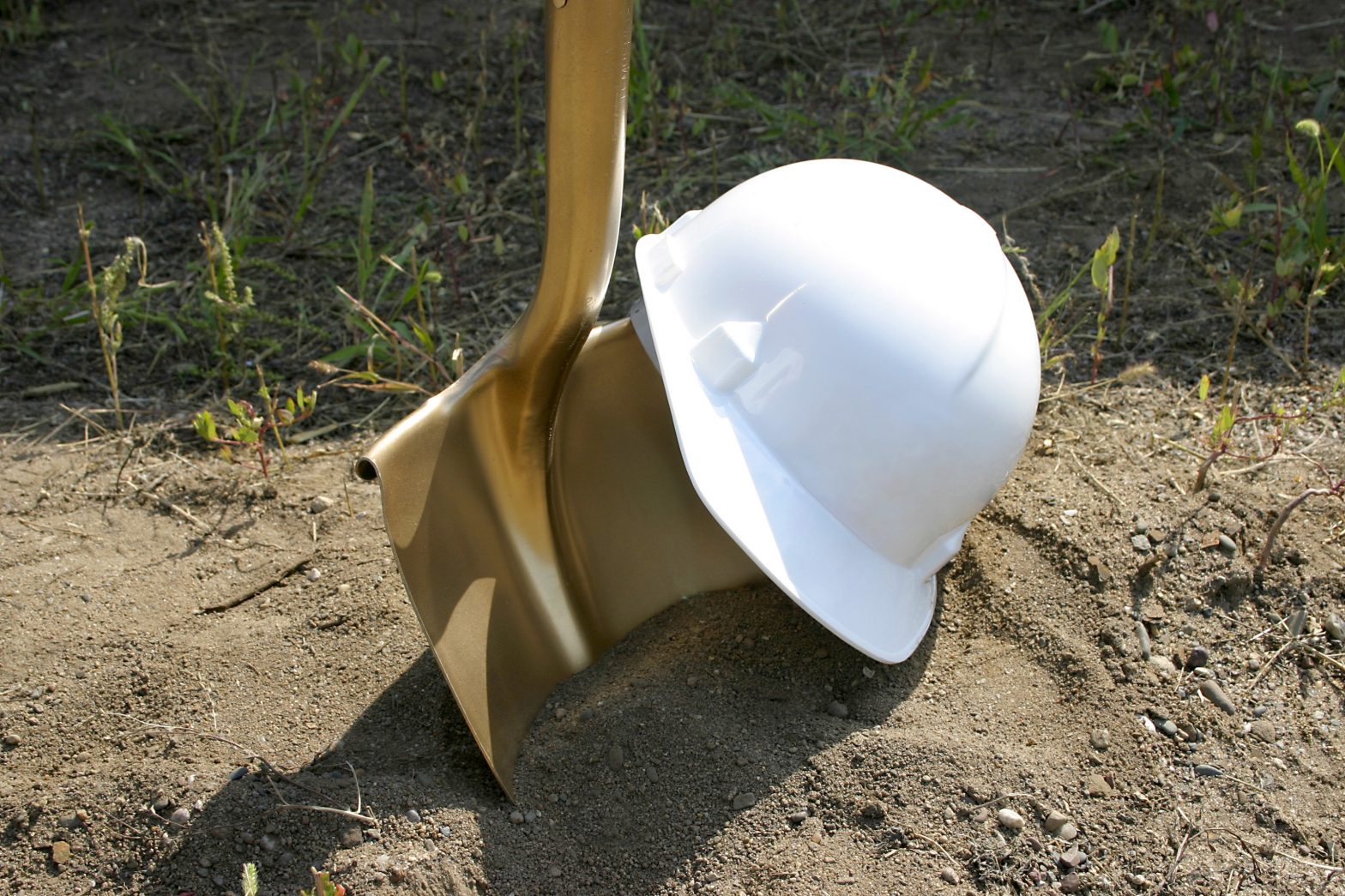The $532 million Leavenworth federal prison project in Kansas marks a significant milestone. A new complex is set to replace the antiquated structure, constructed in 1897, that served as the nation’s first maximum-security prison. The groundbreaking ceremony was attended by federal, local, and state politicians as well as Bureau of Prisons officials on Monday, Oct. 30.
The U.S. Penitentiary’s famous “Big Top” stone front remained intact, but its plumbing, electrical, and HVAC systems had long before reached their usefulness. The new prison project, which local Leavenworth officials have considered a top priority for over two decades, finally gained congressional support approximately five years ago. This shift came as a response to the old prison’s escalating operational costs and its inadequate space for essential educational and rehabilitative programs aimed at reducing recidivism.
U.S. Senator Jerry Moran, who leads the Senate subcommittee overseeing the Bureau of Prisons, sees this endeavor as an opportunity to secure the future of the Leavenworth federal prison. He emphasized that the existing facility, which has been around for over a century, lacks the resources necessary for professionals to effectively engage with inmates and assist them in transforming their lives.
Over a three-year span, they would build the Federal Correctional Institution Leavenworth and the adjacent Leavenworth Satellite Prison Camp, with a projected completion date of May 2026. This site, situated to the east of the current penitentiary, consisted of undeveloped land owned by the Bureau of Prisons. Once operational, the new facility would accommodate inmates from the old prison. Both the old and new facilities would have a capacity of approximately 1,400 inmates, with a collective staff of about 340 correctional officers and personnel.
Challenges in Leavenworth’s corrections workforce
A critical issue, however, is the labor shortage. Correctional officers at the existing U.S. Penitentiary face significant challenges. Jordan Toot, a case manager and member of the American Federation of Government Employees Local 919, emphasized the shortage of correctional officers, currently about 40 short of the 190 personnel approved to be hired. This shortage results in officers working extended hours, including double shifts. Toot is one of the protesters in the picket line at the prison entrance, where VIPs arrived for the groundbreaking.
Joe Gulley, a correctional officer at Leavenworth Federal Prison for 22 years, emphasized the strain of double shifts and the need to adjust the compensation structure to attract more applicants and retain experienced officers. The existing system relies heavily on voluntary or compelled overtime, contributing to the staffing shortage.
According to Toot and Gulley, overcrowding within the Leavenworth prison has led to frequent lockdowns and a more hostile environment for both inmates and employees. Toot also emphasized that although the new prison complex offers hope for improvements, it’s unlikely to resolve the staffing shortage entirely.
Revamping Leavenworth federal prison landscape
Leavenworth Mayor Jermaine Wilson highlighted that prison facilities are deeply embedded in the city’s history. The decision to build a replacement for the oldest Bureau of Prisons facility was a matter of perseverance and hard work.
However, despite having received $5.4 million in planning funding in 2000, it took more than a decade to secure meaningful appropriations for the new prison. Congress allocated a budget for the Leavenworth prison project in fiscal years 2019, 2020, and 2021, with allocations of $175 million, $181 million, and $176 million, respectively.
U.S. Senator Roger Marshall acknowledged the challenges faced by correctional officers, pledging to address them. Democratic Governor Laura Kelly expressed her satisfaction with the new federal prison, which would allow focus on best practices for prison populations, employee safety, and inmate rehabilitation.
Colette Peters, director of the Federal Bureau of Prisons, recognized the challenges faced by prison system employees, emphasizing the need for healthy and safe facilities. She highlighted the new prison’s potential for state-of-the-art programs for treatment, education, work, and family connections, intending to make inmates better integrated into communities upon release.
Source: https://kansasreflector.com/2023/10/30/politicians-mark-start-of-532-million-project-to-replace-leavenworths-126-year-old-penitentiary/
